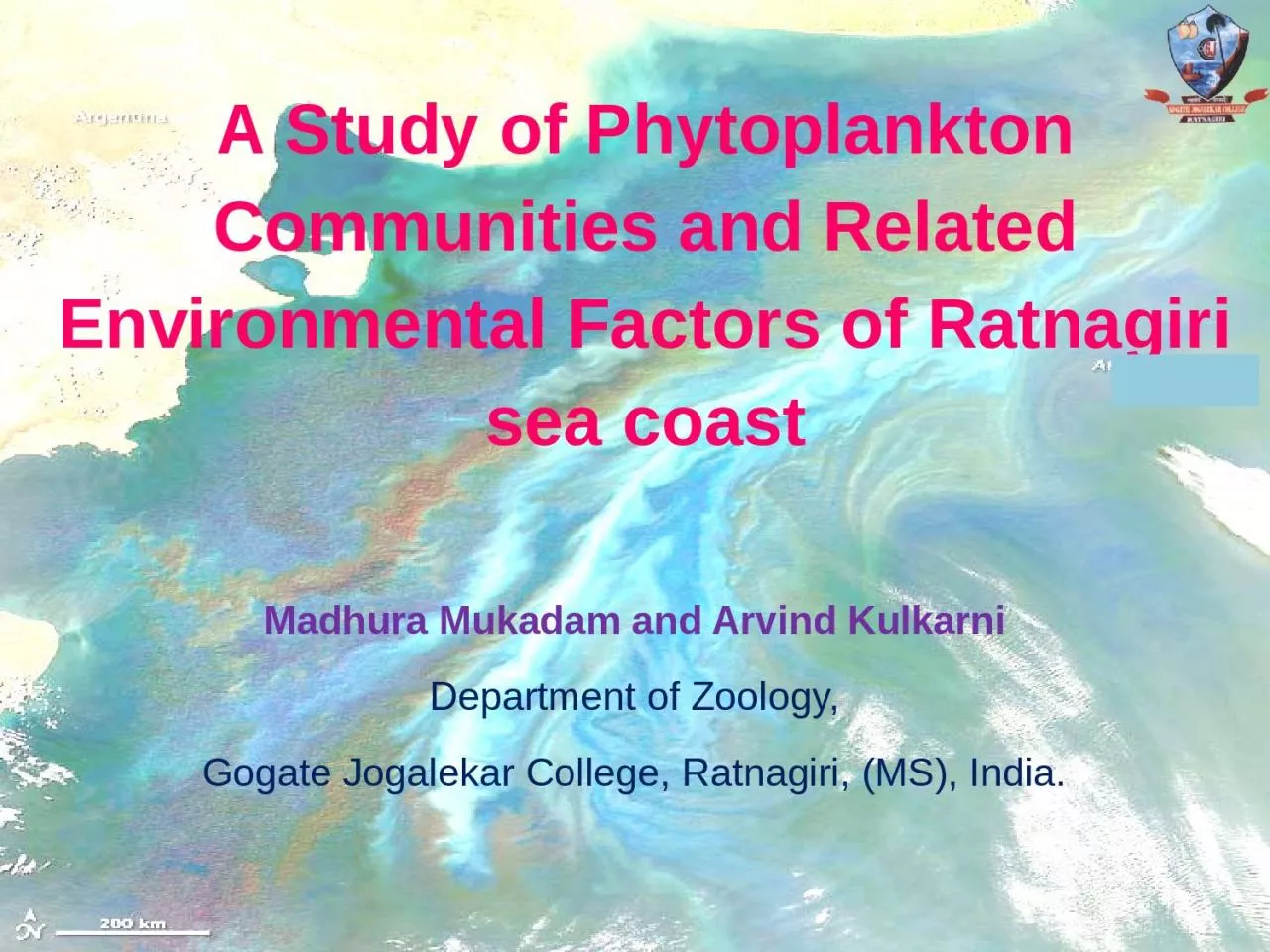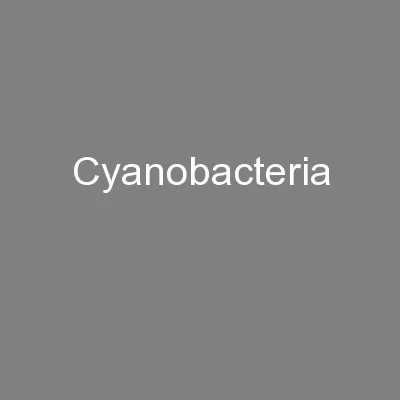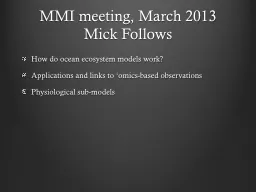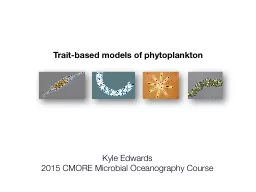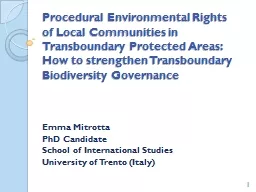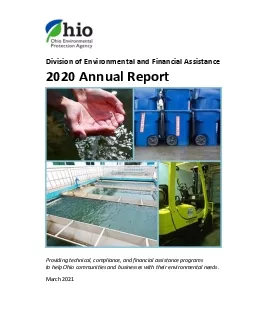PPT-A Study of Phytoplankton Communities and Related Environmental Factors
Author : phoebe | Published Date : 2023-10-28
of Ratnagiri sea coast Madhura Mukadam and Arvind Kulkarni Department of Zoology Gogate Jogalekar College Ratnagiri MS India INTRODUCTION Phytoplankton is a vital
Presentation Embed Code
Download Presentation
Download Presentation The PPT/PDF document "A Study of Phytoplankton Communities and..." is the property of its rightful owner. Permission is granted to download and print the materials on this website for personal, non-commercial use only, and to display it on your personal computer provided you do not modify the materials and that you retain all copyright notices contained in the materials. By downloading content from our website, you accept the terms of this agreement.
A Study of Phytoplankton Communities and Related Environmental Factors: Transcript
Download Rules Of Document
"A Study of Phytoplankton Communities and Related Environmental Factors"The content belongs to its owner. You may download and print it for personal use, without modification, and keep all copyright notices. By downloading, you agree to these terms.
Related Documents

